Introduction
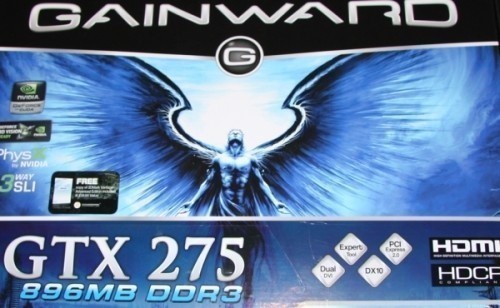
Recently we looked at how the new HD 4890 from ATI went in the overclocking department. Today we take a closer look at how NVIDIA go with the new GTX 275 which has just been recently released to compete against the new ATI offering.
While overclocking on NVIDIA cards is slightly more involved due to the fact that the drivers don't have any embedded overclocking software (unlike ATI with its Overdrive functionality), NVIDIA's cards do only require the installation of a small program called RivaTuner to get around this.
With RivaTuner installed and plenty of spare time, we went on our merry way to increasing the memory and core clock to a point which gave us a nice increase in performance, whilst still being completely stable at the same time.
How far up did we move from the stock 733MHz core and 2268MHz DDR memory clock? - Jump forward a single page and you will find out. From there we will get stuck straight into the benchmarks and see what kind of performance increase these new clocks give us.
Test System Setup and 3DMark Vantage
Test System Setup
Processor(s): Intel i7 920 @ 3.8GHz (190MHz x 20)
Cooling: Noctua NH-U12P (Supplied by Noctua)
Motherboard(s): GIGABYTE EX58-UD5 (Supplied by GIGABYTE)
Memory: 3 X 2GB OCZ Technology PC-12800 DDR-3 8-8-8-24 (OCZ3G1600LV6GK)
Hard Disk(s): Western Digital 300GB Velicorapter (Supplied by Western Digital)
Operating System: Windows XP Professional SP2, Windows Vista SP1 64-Bit
Drivers: ForceWare 182.06, Catalyst 9.2, Catalyst 8.14.10.0647 (HD 4890)
Utilizing RivaTuner we took the time to increase the GPU, Shader and Memory clock. Bumping the card up 10MHz - 15MHz at a time and running a loop of 3DMark Vantage in between lets us find a sweet spot for clocks.
Based on a GTX 200 series product we have a shader clock unlike the HD 4890; in this case we chose to keep it linked (an option under RivaTuner) with the core, meaning both increased together.
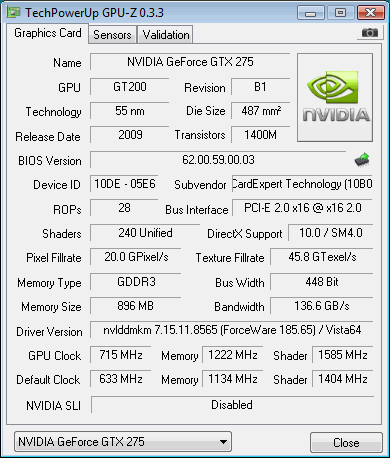
What we ultimately ended up with was pretty impressive. As you can see above, the core was moved from 633MHz to 715MHz, the shader clock from 1404MHz to 1585MHz and the 896MB of GDDR3 memory from 2268MHz DDR to 2444MHz DDR.
These increases should give us a nice little increase in performance. To find out just how much, though, we're going to run through a number of our benchmarks today. So let's get stuck into it and find out what exactly is going on here.
3DMark Vantage
Version and / or Patch Used: 1.0.1
Developer Homepage: http://www.futuremark.com
Product Homepage: http://www.futuremark.com/products/3dmarkvantage/
Buy It Here
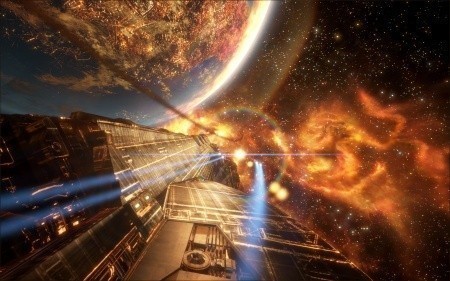
3DMark Vantage is the new industry standard PC gaming performance benchmark from Futuremark, newly designed for Windows Vista and DirectX10. It includes two new graphics tests, two new CPU tests, several new feature tests, and support for the latest hardware.
3DMark Vantage is based on a completely new rendering engine, developed specifically to take full advantage of DirectX10, the new graphics API from Microsoft.
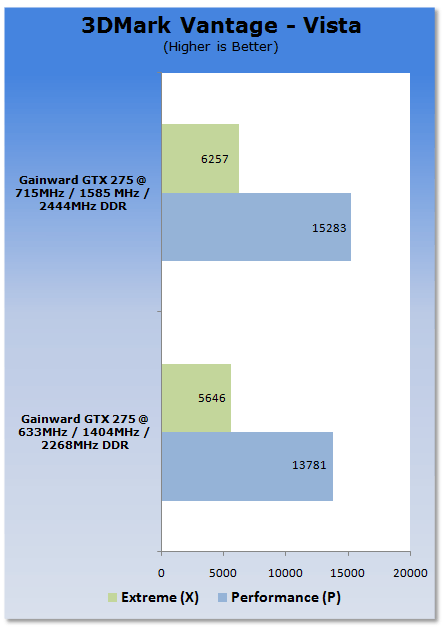
Straight away we see a good increase in both the P and X settings under 3DMark Vantage. Hopefully we see these healthy increases translate to real world games as well.
Benchmarks - PT Boats: Knights of the Sea
PT Boats: Knights of the Sea
Version and / or Patch Used: Benchmark Demo
Developer Homepage: http://en.akella.com/
Product Homepage: http://www.pt-boats.net/
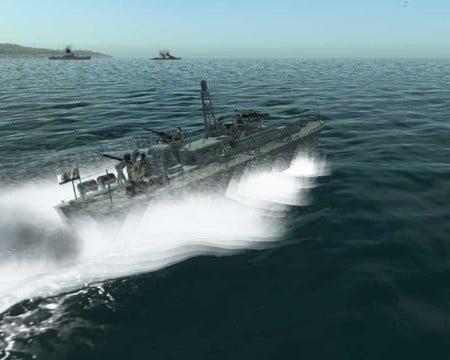
PT Boats: Knights of the Sea is a naval action simulator that places gamers in charge of a mosquito fleet of the Allied Forces, Russia or Germany during the height of World War II.
Using the latest Direct X 10 technology PT Boards - Knights of the Sea manages to apply a lot of stress to the components of today which in turn gives us quite an intensive benchmark.
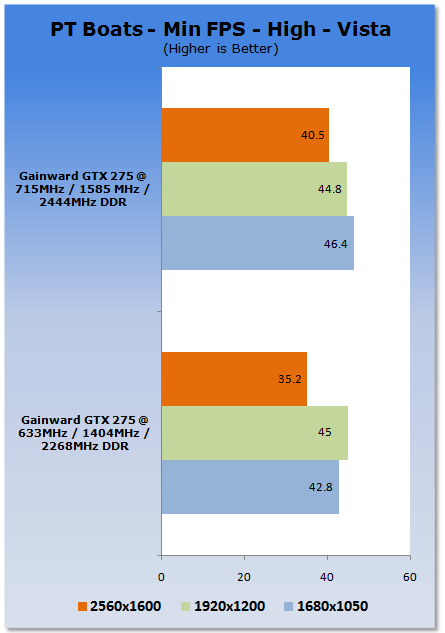
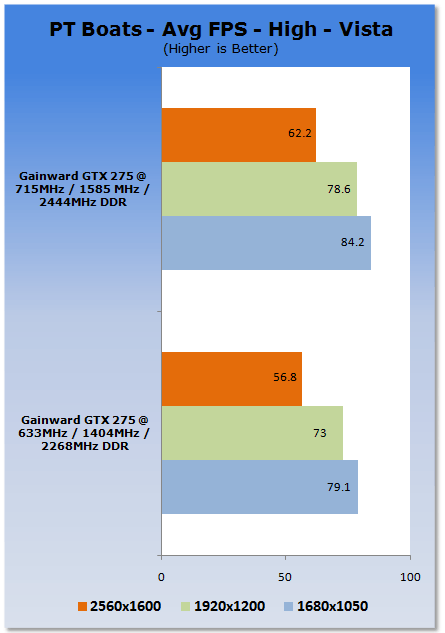
While there's a fair bit of movement in the averages, in the more important minimum department we don't see the best gains till 2560 x 1600. The 5 FPS increase, however, translates to an increase of almost 20%.
Benchmarks - CINEBENCH R10
CINEBENCH R10
Version and / or Patch Used: Release 10
Developer Homepage: http://www.maxon.net/
Product Homepage: http://www.maxon.net
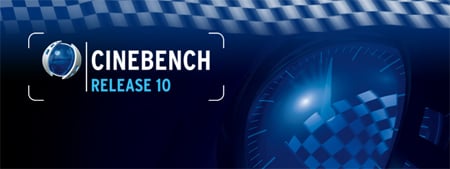
CINEBENCH is a real-world test suite that assesses your computer's performace capabilities. MAXON CINEBENCH is based on MAXON's award-winning animation software, CINEMA 4D, which is used extensively by studios and production houses worldwide for 3D content creation. MAXON software has been used in blockbuster movies such as Spider-Man, Star Wars, The Chronicles of Narnia and many more.
MAXON CINEBENCH runs several tests on your computer to measure the performance of the main processor and the graphics card under real world circumstances. The benchmark application makes use of up to 16 CPUs or CPU cores and is available for Windows (32-bit and 64-Bit) and Macintosh (PPC and Intel-based).
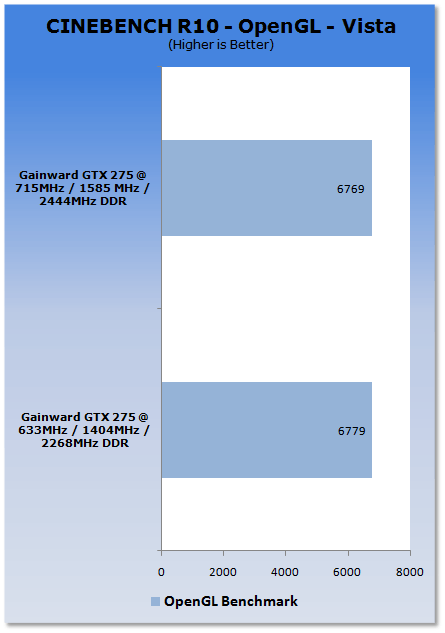
With CINEBENCH not making use of the overclock, we see a bit of score fluctuation being the only difference between the two cards.
Benchmarks - World in Conflict
World in Conflict
Version and / or Patch Used: 1.0.0.5
Timedemo or Level Used: Built-in Test
Developer Homepage: http://www.massive.se
Product Homepage: http://www.worldinconflict.com
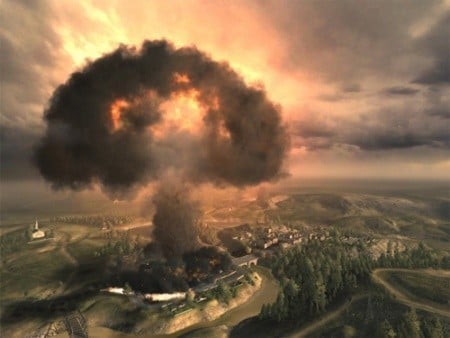
World in Conflict is a real-time strategy video game by Massive Entertainment and to be published by Sierra Entertainment for Windows (DX9 and DX10) and the Xbox 360.
The game is set in 1989 where economic troubles cripple the Soviet Union and threaten to dissolve it. However, the title pursues a "what if" scenario where, in this case, the Soviet Union does not collapse and instead pursues a course of war to remain in power. It is an intensive new game is sure to put plenty of stress on even the latest graphics cards and we use the built-in benchmarking for our testing.
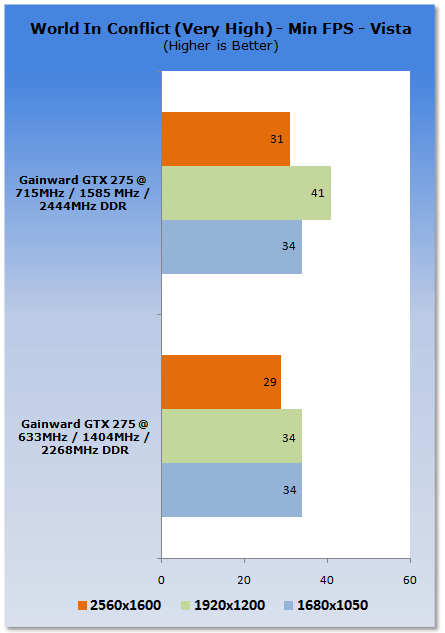
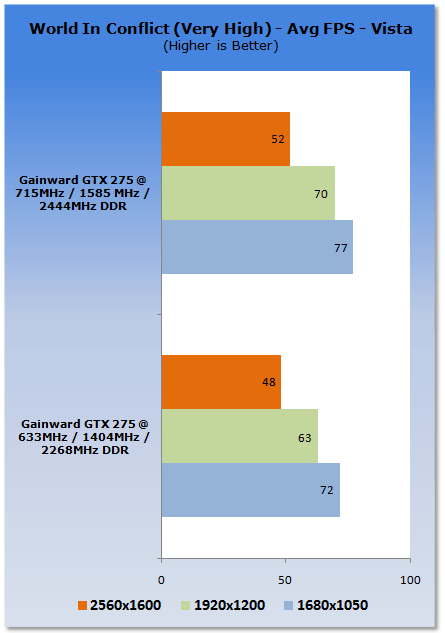
Like PT Boats we see some nice movement in the averages. The minimum department is a bit of a weird one; 1920 x 1200 sees a massive boost while 1680 sees nothing and 2560 sees only a slight increase.
Benchmarks - Crysis Warhead
Crysis Warhead
Version and / or Patch Used: unpatched
Timedemo or Level Used: Airfield
Developer Homepage: http://www.crytek.com
Product Homepage: http://crysiswarhead.ea.com/
Buy It Here
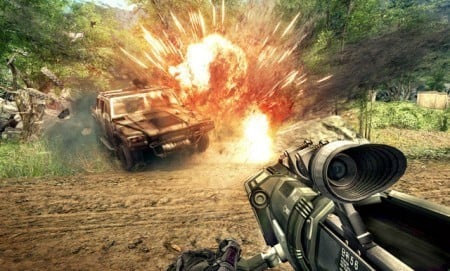
Crysis Warhead updates and refines the gameplay of the original game through a sidestory plot involving Psycho, one of previous protagonist Nomad's allies. The game is a parallel story that follows Sergeant Michael "Psycho" Sykes, a character from the original Crysis, as he faces his own trials and challenges on the other side of the island during the time period of the first game.
It also showcases a new, enhanced and optimized version of CryEngine 2 using full DX10 extensions and is the first game developed by Crytek's Budapest studio.
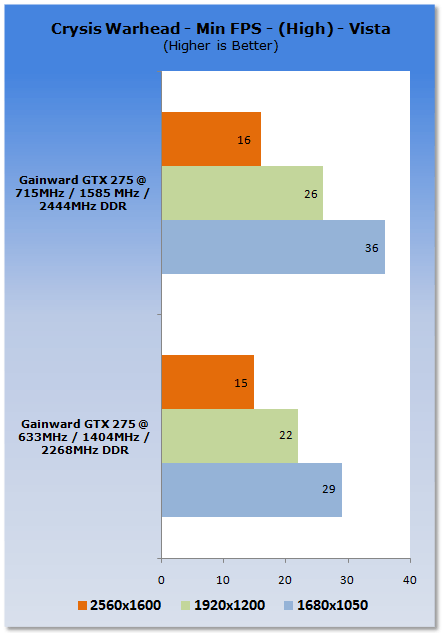
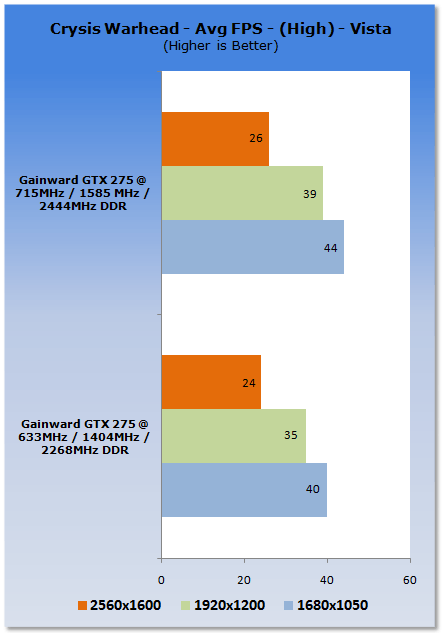
Across the board we see gains in Warhead. What we really see here, however, is the stock clocks sitting just behind that 30 FPS we want to see, while the overclocked card jumps a huge 20% beyond that minimum. This is the difference of nice smooth game play and a bit of choppiness.
Benchmarks - Far Cry 2
Far Cry 2
Version and / or Patch Used: 1.01
Timedemo or Level Used: Ranch Long
Developer Homepage: http://www.ubi.com/
Product Homepage: http://www.farcry2.com/
Buy It Here
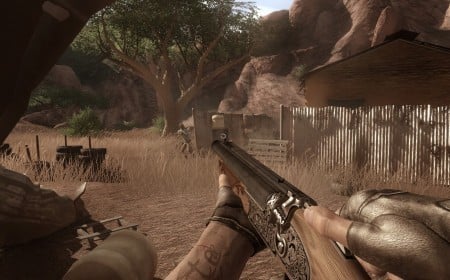
The Dunia Engine was built specifically for Far Cry 2 by the award-winning Ubisoft Montreal development team. It delivers the most realistic destructible environments, amazing special effects such as dynamic fire propagation and storm effects, real-time night-and-day cycle, dynamic music system, non-scripted enemy A.I. and so much more.
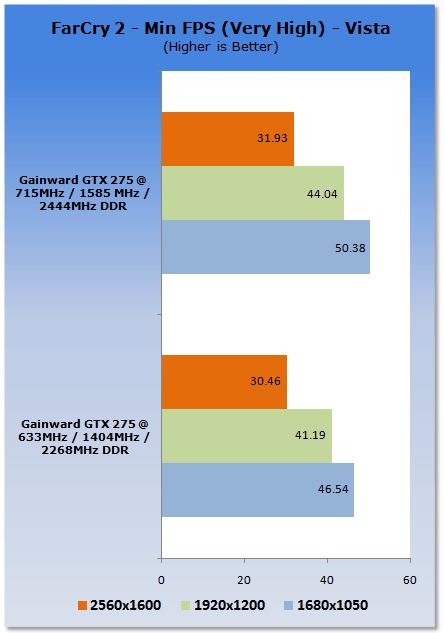
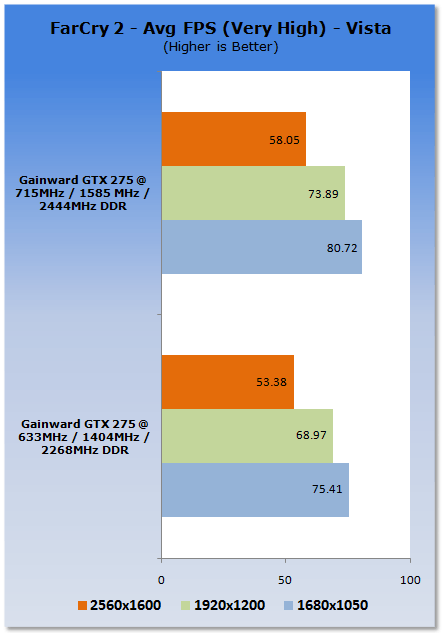
We continue to see good gains at all resolutions, especially in the average department. In the minimum department we see gains range from 5% to 10%.
Benchmarks - S.T.A.L.K.E.R. - Clear Sky
S.T.A.L.K.E.R. - Clear Sky
Version and / or Patch Used: 1.5.07
Timedemo or Level Used: Custom Timedemo
Developer Homepage: http://www.gsc-game.com/
Product Homepage: http://cs.stalker-game.com/en/
Buy It Here
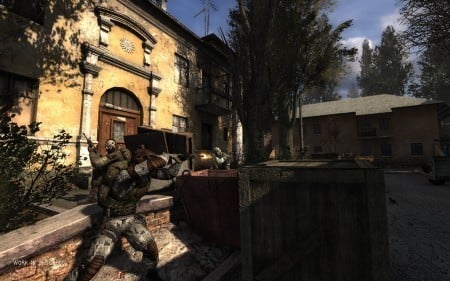
S.T.A.L.K.E.R.: Clear Sky, is the stand-alone prequel for S.T.A.L.K.E.R.: Shadow of Chernobyl, a first-person shooter computer game by Ukrainian developer GSC Game World.[3] The game consists of a roughly 50/50 mix of new areas and old, remodeled areas from the previous game. The X-ray graphics engine has been updated to version 1.5 and includes DirectX 10 support (later patch 1.5.06 included DirectX 10.1). Additionally, the AI received an overhaul to accommodate the new faction wars feature.
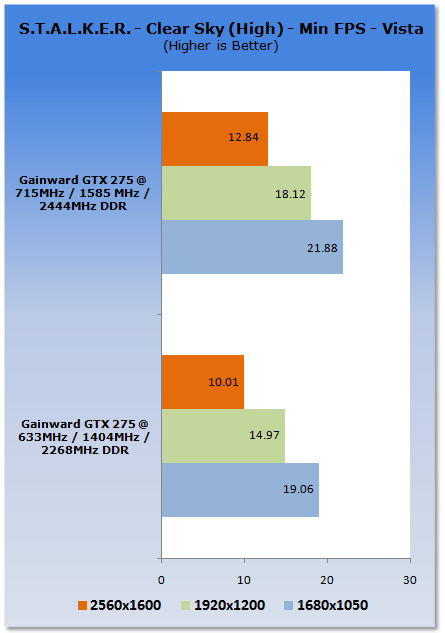
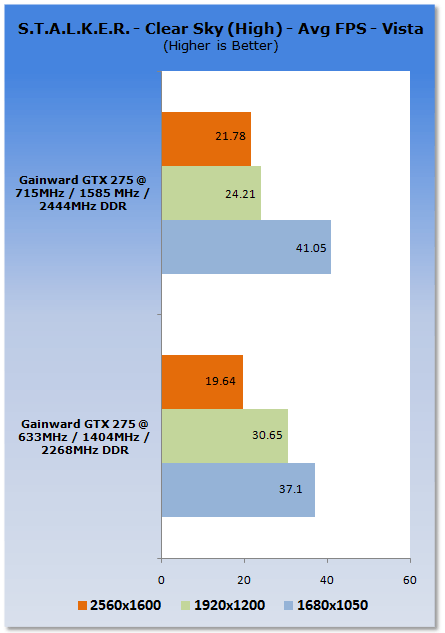
While still offering pretty poor performance, we do see the heavily favored ATI game get a nice little boost in performance thanks to the extra MHz on offer.
Benchmarks - Left 4 Dead
Left 4 Dead
Version and / or Patch Used: Latest Steam Update
Timedemo or Level Used: Custom Timedemo
Developer Homepage: http://www.valvesoftware.com/
Product Homepage: http://www.l4d.com/
Buy It Here

Left 4 Dead uses the latest version of Valve's Source engine, with improvements such as multi-core processor support and physics-based animation to more realistically portray hair and clothing, and to improve physics interaction with enemies when shot or shoved in different body parts. Animation was also improved to allow characters to lean realistically when moving in curved paths.
Rendering and artificial intelligence were scaled up to allow for greater number of enemies who can navigate the world in better ways, such as climbing, jumping or breaking obstacles. Lighting has been enhanced with new self-shadowing normal mapping and advanced shadow rendering that is important to convey information about the environment and player actions.
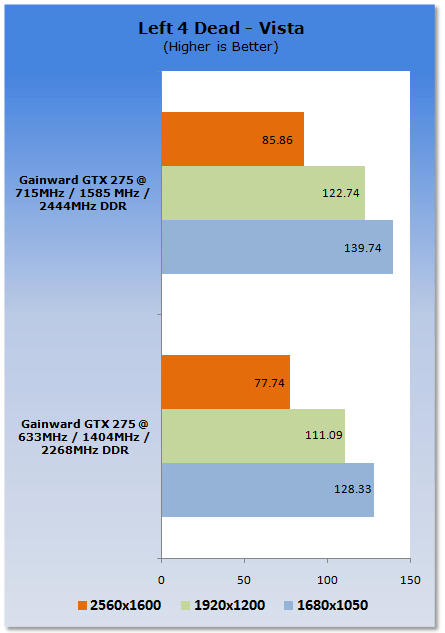
Like we've seen all along, we have some good gains here thanks to the extra MHz on offer.
Benchmarks - High Quality AA and AF
High Quality AA and AF
Our high quality tests let us separate the men from the boys and the ladies from the girls. If the cards weren't struggling before they will start to now.
Far Cry 2
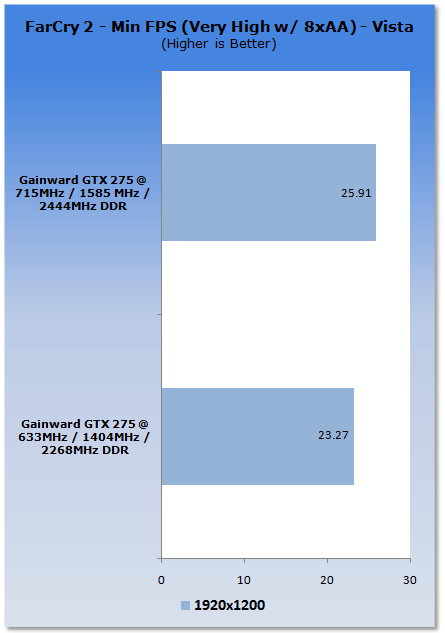
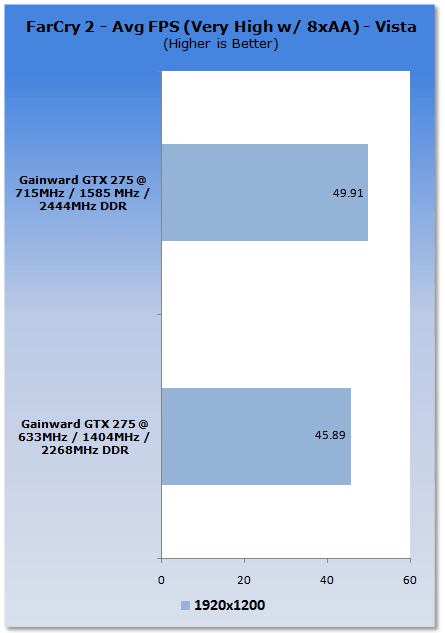
Not quite enough to get that 30 FPS minimum, but a nice step in the right direction. Dropping to 4x AA should solve the problem, though.
World In Conflict
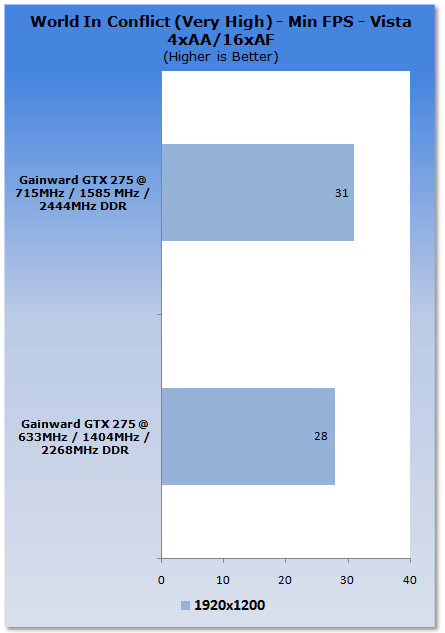
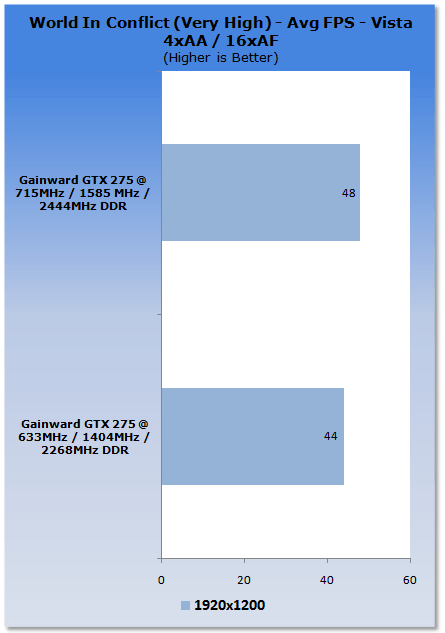
Again, a nice little boost and like we saw in Warhead the difference is smooth game play from a bit of choppiness with the overclocked offering getting us past that 30 FPS minimum.
Left 4 Dead
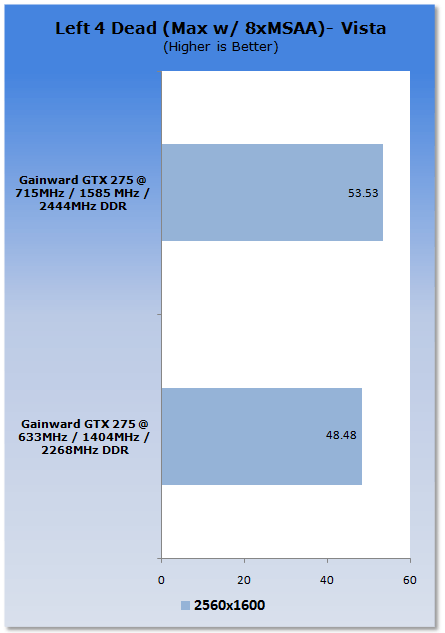
Finally we leave with L4D and like we've seen all along, a nice boost in performance with the overclock is what we have here.
Final Thoughts
Like the HD 4890, we see a good boost in performance thanks to the overclock we've achieved here. While we know that companies out there won't push the cards this high, we should see some companies who like to live on the edge give us a core of around 700MHz and a memory clock around 2400MHz DDR.
Over the next few weeks it's going to be interesting to see what both sides do when it comes to overclocked models. No doubt ATI will be able to close the gap between the HD 4890 and GTX 275 with some overclocked models, but at the same time we don't doubt that NVIDIA aren't going to sit back and not try to extend the lead they have by pushing their clock speeds north.
At the end of it all, we can see that the GTX 275 offers some good potential when it comes to overclocking. While the task might take slightly longer than ATI offerings due to 3rd party software needing to be installed, it really is nothing for the results that can be obtained in doing so.
The one thing to remember, though, is just because we achieved these clocks today it doesn't mean you will; some cards might not go as high, while others might choose to go even higher.
Like the HD 4890, the GTX 275 extends the value the card offers by giving us a decent overclock. The best thing about this is that in a few of our tests we saw that the overclock helped make the difference between the game running silky smooth by passing that 30 FPS barrier and not.
Overall, a great card that shows serious overclocking potential. If you want to save some dollars and get some extra performance, buy a stock clocked model and overclock yourself. A card like the Gainward we used today is a particularly great option thanks to the aftermarket cooling on tap.

 United
States: Find other tech and computer products like this
over at
United
States: Find other tech and computer products like this
over at  United
Kingdom: Find other tech and computer products like this
over at
United
Kingdom: Find other tech and computer products like this
over at  Australia:
Find other tech and computer products like this over at
Australia:
Find other tech and computer products like this over at  Canada:
Find other tech and computer products like this over at
Canada:
Find other tech and computer products like this over at  Deutschland:
Finde andere Technik- und Computerprodukte wie dieses auf
Deutschland:
Finde andere Technik- und Computerprodukte wie dieses auf